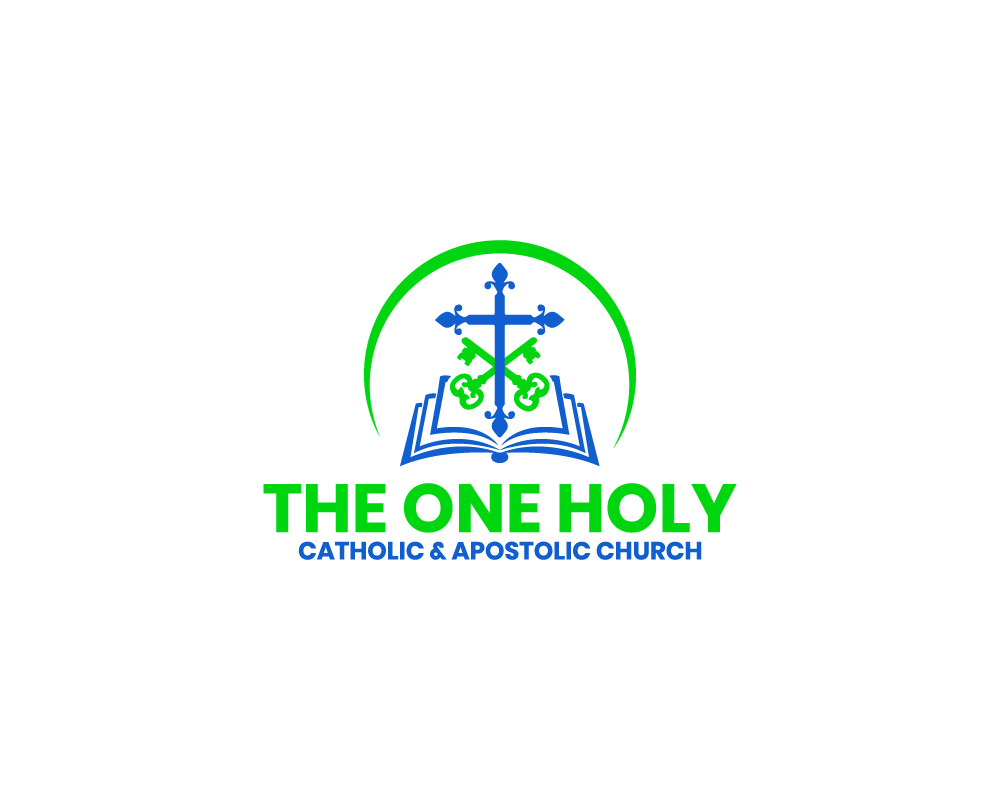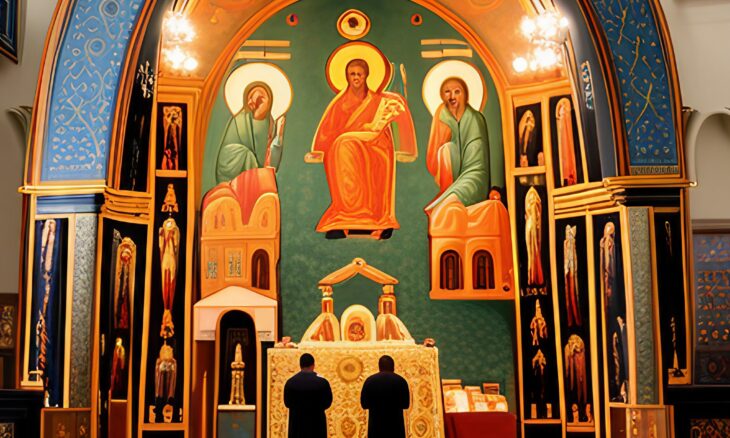A Divine Encounter in Constantinople
Legend has it that Prince Vladimir of Kiev sought the most authentic religion and found it in Constantinople. His envoys, overwhelmed by the beauty of the liturgy at the Church of the Holy Wisdom, believed that “God dwells there among people.” The splendor, grandeur, and music made the experience unforgettable.
Icons: Tracing Their Origins
Although icons are now integral to Orthodox worship, their acceptance was not immediate. Influenced by Hebraic traditions, early Christian writers had reservations about religious images. Iconoclasts, opponents of icons, derived their arguments from fears of pagan idolatry and harsh criticisms of Greek philosophical thought.
Early Presence of Religious Images
Archaeological discoveries reveal the presence of religious images in the early Christian Church before the fourth century. These images, found in places of worship, gathering areas, cemeteries, and catacombs, included symbolic representations and depictions of biblical figures. They laid the foundation for the development of iconography in later centuries.
Divine Inspiration and Conviction
The theological implication behind sacred images, as expressed by Saint John of Damascus, was that “God Himself was the first to paint and present icons.” This conviction solidified the importance of icons in Orthodox worship, emphasizing their divine origin and significance.



